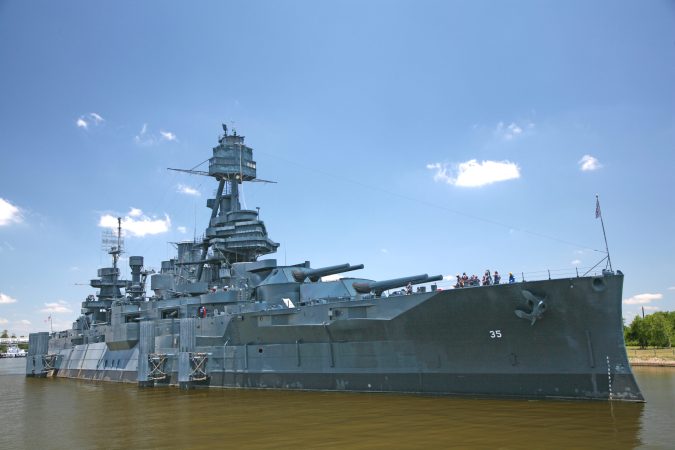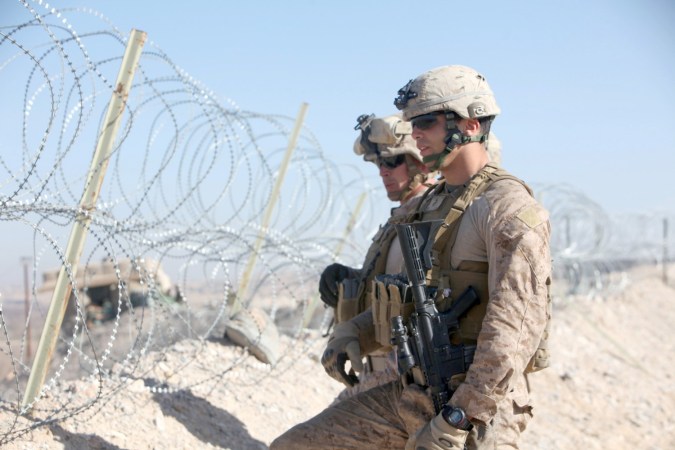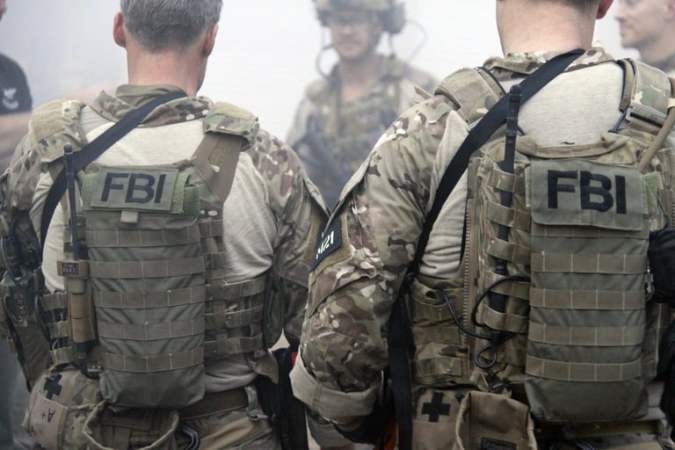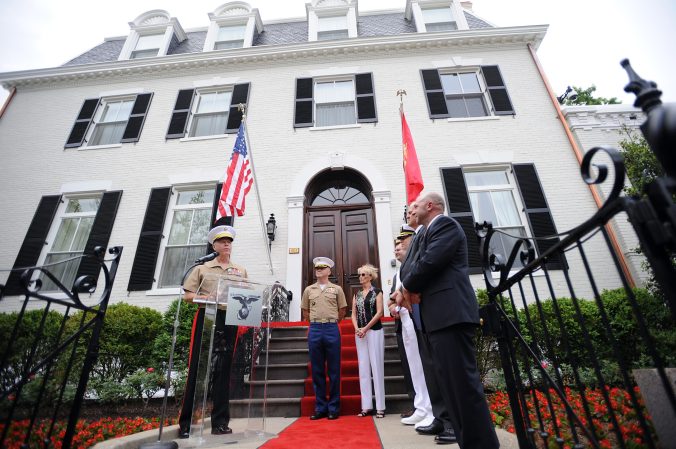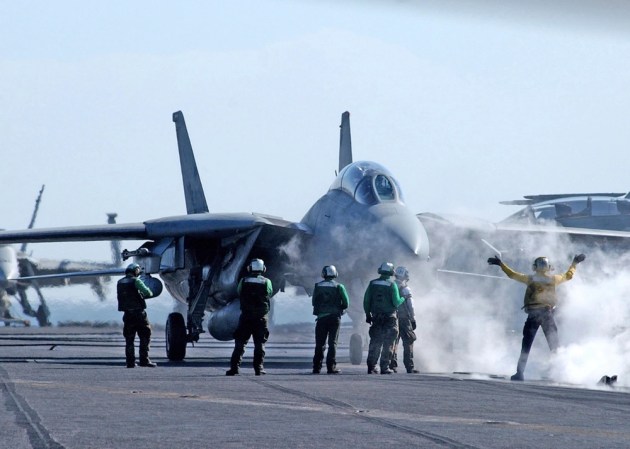Sadly, the days of the battleship ruling the oceans are long gone. Battleship classes simply were not designed to fight against the onslaught that aviation brought to naval combat. The last time a battleship was used in combat came in 1991, during Operation Desert Storm, when the USS Missouri provided fire support for ground forces. Even today, however, the sight of one of these battleships is enough to make any Naval warfare enthusiast swell with pride. They are still mighty, and easily converted from the museums they are today into fighting shape if need be. It might not surprise anyone that these are all from the 20th century, but it might surprise us that the Iowa class isn’t the biggest ever built.
Here are the 5 largest battleship classes ever built
1. Yamato-class (Japan)
The Yamato class of battleships were specifically designed to be the largest ever built, and they still hold that title to this day – especially because no one is building them anymore. These beasts were also designed to slug it out with anything an enemy could throw at them and hand it right back to them.

Amazingly, despite displacing more than 71,000 long tons when fully loaded, the Yamato class could cruise at a speed of 27 knots. There were only two of this type ever built, the Yamato and Musashi, both of which were sunk by American naval aviators.
2. Iowa-class (United States)
Although dwarfed by the Yamato-class at 57,000 long tons, the Iowa-class of battleships first produced by the United States before World War II weren’t designed to fight such a behemoth. They were supposed to take on Japan’s Kongo-class battleships. As a result, these powerful ships could move at more than 32 knots.
As we alluded to before, the Iowa-class was well worth the investment. With some electronics and armament upgrades along the way, they had a service life that took them all the way into the 1990s before being retired.
3. Bismarck-class (Germany)
Only slightly smaller than the U.S. Iowa-class at 51,000 long tons, the German Navy’s Bismarck-class of battleships made it the largest battleship used by any European country. The Kriegsmarine only managed to build two of them, the Bismarck and the Tirpitz, both of which were sunk by the British Royal Air Force during World War II.

Both the Bismarck and the Tirpitz didn’t last very long. They were commissioned in 1940 and 1941. Bismarck moved into the Atlantic Ocean to raid Allied shipping but was sunk on its only operation in 1941. Tirpitz never went to the Atlantic, instead being the centerpiece of the Baltic Sea fleet. Tirpitz was sunk in 1944.
4. Vanguard-class (United Kingdom)
The Vanguard-class was commissioned in 1946, after the end of World War II. This gives Vanguard the distinction of being the Royal Navy’s last battleship as well as the last battleship ever launched. It was only narrowly edged out in size by the Bismarck class.
During World War II, the British Royal Navy had already laid down the Lion class of battleships, but planners realized they would not be finished until after the war ended. They decided to throw together what they had of the Lion class, and rig it with guns left over from World War I. Even though it was still late to the war, it was a fast and tough vessel.
5. Richelieu-class (France)

France began building the Richelieu class of battleships before the outbreak of World War II, but only the Richelieu was completed in time. The Jean Bart, another of the Richelieu class, wasn’t finished but was made ready to go to sea as France fell to the Nazis. Both ships fled to French colonies in Africa.
After the African colonies came under control of the Free French, so did the two battleships. Richelieu was sent to the U.S. for repairs and upgrades (it was attacked by British fighters while under control of the Vichy regime) and later served with the British fleet. Jean Bart initially fought against the Allies during the Allied invasion of North Africa but defected shortly after. The U.S. did not attempt to finish its construction, which wasn’t completed until 1955.




